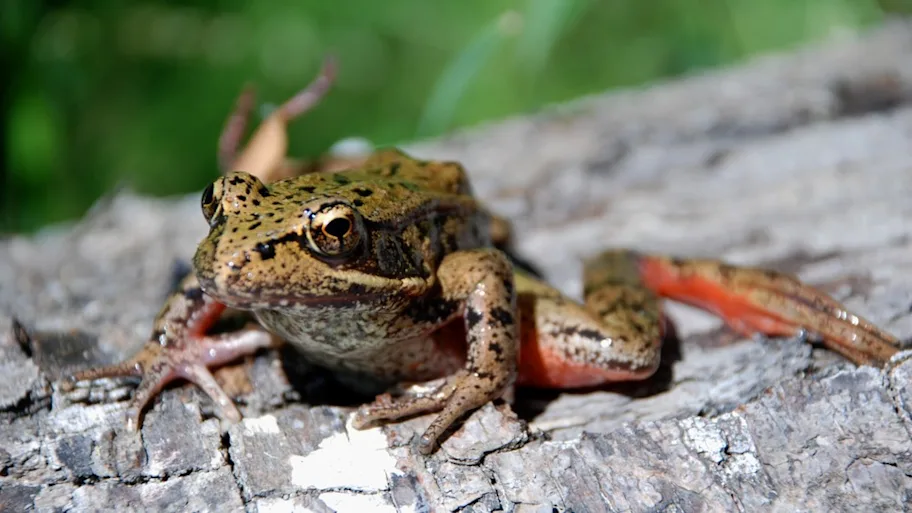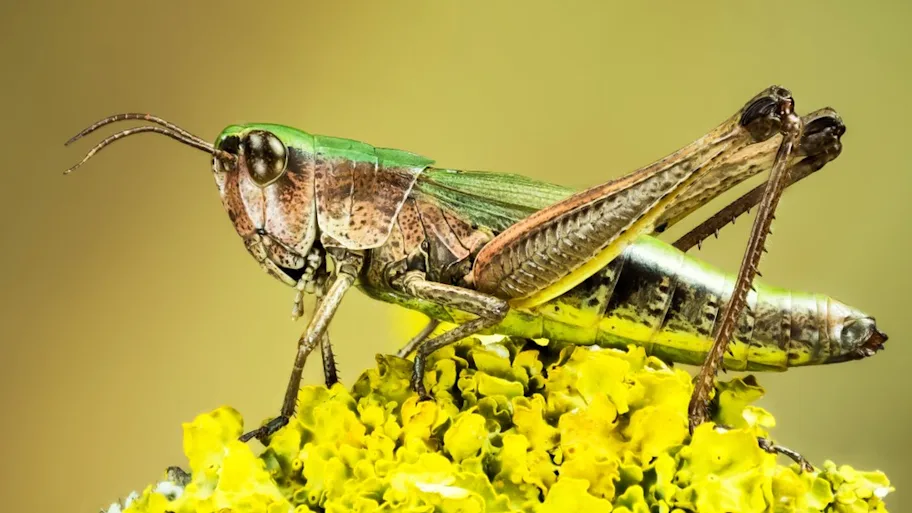
- Science News
- Featured news
- What’s your poison? Scrupulous scorpions tailor venom to target
What’s your poison? Scrupulous scorpions tailor venom to target

A scorpion sting has three levels: dry, prevenom or venom. Image: Shutterstock.
Scorpions adapt their stinging, stingers and sting contents to minimize the costs of venom use
— by Matthew Prior, Frontiers science writer
Replenishing venom takes time and energy – so it pays to be stingy with stings.
According to researchers at the Australian National Institute of Tropical Health and Medicine, scorpions adapt their bodies, their behavior and even the composition of their venom, for efficient control of prey and predators.
Writing in Frontiers in Ecology and Evolution, they say it’s not just the size of the stinger, but also how it’s used that matters.
Venom Costs and Optimization in Scorpions► Read original article► Download original article (pdf)
Stingy stingers
“Scorpions can store only a limited volume of venom, that takes time and energy to replenish after use,” says lead author Edward Evans. “Meanwhile the scorpion has a reduced capacity to capture prey or defend against predators, so the costs of venom use are twofold.”
As a result, over 400 million years of evolution scorpions have developed a variety of strategies to minimize venom use.
The most obvious of these is to avoid using venom at all.
“Research has shown the lighter, faster male specimens of one species are more likely to flee from danger compared to the heavier-bodied females, rather than expend energy using toxins,” notes Evans. “Others – particularly burrowing species – depend instead on their large claws or ‘pedipalps’, and have a small, seldom-used stinging apparatus.”
When immobility, threat or lively prey forces venom use, scorpions can adjust the volume they inject – both within each sting and through the application of multiple stings.
“Scorpions can hold prey in their pedipalps and judiciously apply stings, just until it stops struggling.”
At the other extreme, when the survival stakes are high some species abandon precision and spray their venom through the air.
“Spraying venom defensively is potentially wasteful but can avoid dangerous close contact with predators such as grasshopper mice, which disarm scorpions by biting off their tails.”
Related: Strawberry frogs are fickle in love
Venom versatility
Scorpions can also tailor the composition of their venom to a target – both on-the-fly, and more precisely over weeks of exposure.
For starters, any given sting has three levels: dry, prevenom or venom.
As a light deterrent, a scorpion may sting with no venom at all. A ‘wet’ sting begins with clear, salty prevenom – essentially a “stun” setting – and might go no further.
“Research on prevenom suggests it contains an extremely high potassium salt concentration, which may cause quick paralysis in insects and pain in vertebrates,” says Evans. “It seems to regenerate quickly and presumably at a low metabolic cost.”
If things get heavy, the scorpion can go on to inject or spray a thick, milky, protein-rich venom.
“Venom injection is reserved for more active, persistent or sizeable targets. It is more toxic, but once spent can take weeks to replenish – leaving the scorpion vulnerable and with limited prey options.”
Recent work by the James Cook University group suggests that scorpions can make more personalized changes to venom composition, in response to extended periods of predator exposure.
“Repeated encounters with a surrogate vertebrate predator – a taxidermied mouse – over a six week period led the scorpion Hormurus waigiensis to produce a higher relative abundance of a particular group of toxins, including some with vertebrate predator-specific activity,” explains senior author Dr. David Wilson.
How exactly the change occurs remains unknown, however.
“Future work is needed to investigate how far observed changes in venom composition and use are due to adaptive responses – and to identify the precise stimuli for change,” Wilson and Evans conclude.
Original article: Venom Costs and Optimization in Scorpions
REPUBLISHING GUIDELINES: Open access and sharing research is part of Frontiers’ mission. Unless otherwise noted, you can republish articles posted in the Frontiers news blog — as long as you include a link back to the original research. Selling the articles is not allowed.






